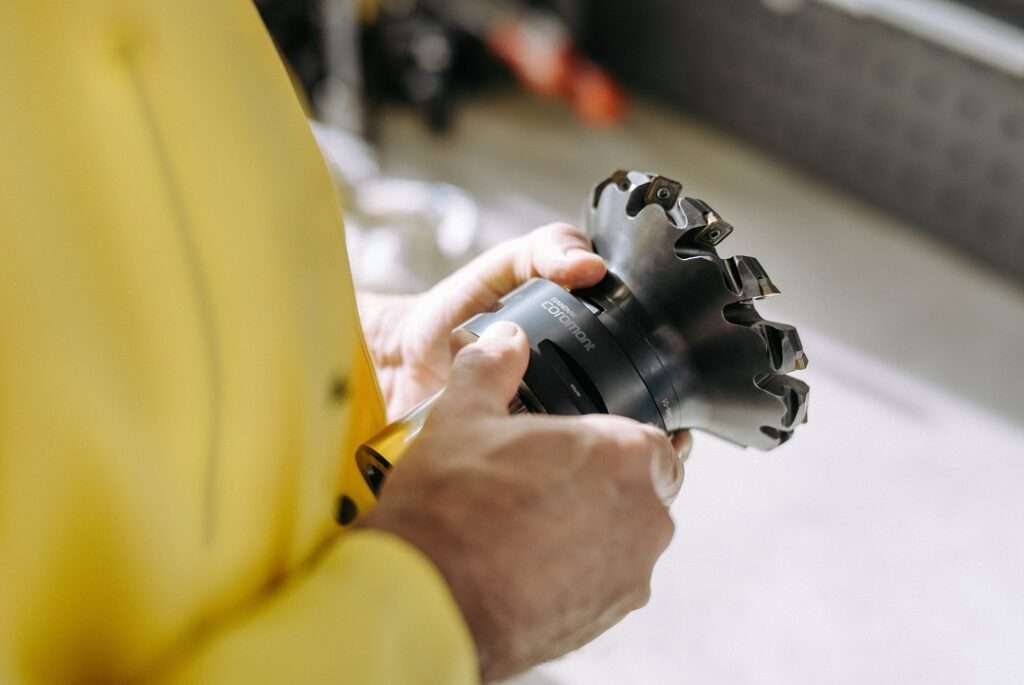- The 2020 pandemic has reordered a new world view
- Indian can benefit from China’s destabilized influence in manufacturing
- Infrastructural Bottleneck – India’s ‘biggest hurdle’
- According to the Indian Brand Equity Foundation (IBEF), India is expected to become the world’s third-largest construction market
Can India thrust itself into a position of manufacturing excellence? There are two possible answers to this question. One is Yes and the other is How?
The 2020 pandemic induced a global crisis that challenged the very foundation of our society, causing death, disruption, and discontinuation of normalcy from our lives. However, this very crisis is transforming the established world order in regards to the global manufacturing sector.
China’s influence in manufacturing
China is considered the world’s manufacturing hub, housing some of the production facilities of the world’s biggest companies. More than 75 percent of businesses have one or more direct or Tier 1 supplier from China, and 938 of the Fortune 1000 companies have Tier 2 suppliers there.
This asymmetrical system of the global manufacturing sector was gradually changing and 2020 saw a further push towards it. One of the reasons for such change was the increment of labor wages in China. India contrary to China has an extremely low cost of labor. India’s lesser cost of living and large working population, coupled with scarce capital and low productivity, results in a lower cost of labor.
 However, this opportunity can only be capitalized on when the huge HR pool of India receives skills for the upcoming market demand. Government-subsidized training programs like the Pradhan Mantri Kaushal Vikas Yojana scheme needs to be emboldened and well researched. The training programs need to be devised in line with the market needs and job prospects, in order to create a skillful supply of laborers.
However, this opportunity can only be capitalized on when the huge HR pool of India receives skills for the upcoming market demand. Government-subsidized training programs like the Pradhan Mantri Kaushal Vikas Yojana scheme needs to be emboldened and well researched. The training programs need to be devised in line with the market needs and job prospects, in order to create a skillful supply of laborers.
The large inflow of FDI
The large inflow of Foreign Direct Investment (FDI), into India, is another positive sign towards manufacturing growth. According to data released by the Department for promotion of industry and internal trade (DPIIT), India attracted a total FDI inflow of $72.12 billion during April-January (2020-21), the highest ever for the first ten months of a financial year.
Countries like, Singapore, the US, Japan are all investing in India. Computer software and hardware emerged as the top sector during April-January, with 45.81 percent of the total FDI equity inflow followed by construction or infrastructure-related activities at 13.37 percent and the services sector at 7.80 percent, respectively.
The FDI inflow in India needs to be sustained as it has some obvious advantages for the Indian economy like – increase in employment and economic growth; human resource development; access to the latest technologies, financing tools, and operational practices. Global companies like, Nokia, Ericsson, Ciena, Foxconn, Tesla Apple and many more are looking to set up a manufacturing base or expand the current manufacturing capability in India.
 Infrastructural Bottleneck – India’s ‘biggest hurdle’
Infrastructural Bottleneck – India’s ‘biggest hurdle’
Now, the capital has been invested, companies established and the laborers trained to be employed. But, what if the plants do not get easy access to power or the raw materials that they need or the goods that they produce face dispatch and distribution problems. Infrastructure includes all the necessary things like transportation, energy, water, economy, health, and many other things which are important for the growth of a nation.
The infrastructural bottleneck is the ‘biggest hurdle’ in India’s economic growth. In India, key urban centers and manufacturing hubs often struggle with capacity constraints and supply chain disruptions which directly affect competitiveness. India’s poor transportation infrastructure is a significant influencer in supply chain disruption. Roads play a very important role in the mobility of goods as well as passengers, including workers.
However, India’s National Highways are only 2% of the total road network and it carries 40% of India’s total traffic, resulting in higher congestion and commute time. According to a ToMToM report, a Netherlands-based company, Bengaluru people lost over 243 hours (10 days and 3 hours) on average in commute, in the year 2019. Four Indian cities have been ranked among the top 10 most congested cities by the report. Mumbai is on number four, followed by Pune on number 5 and New Delhi on Number 8. Like roads, other means of transportation like railways and airways are also comparatively under-developed in India causing loss of efficiency and productivity.
Another most important sector besides transport is the energy sector. India is ranked as the third-largest producer and consumer of energy, as per the British Business Energy study. There is a huge surplus of energy in India, but the under-developed distribution system acts as a barrier, resulting in lower efficiencies and higher losses. The reason for such hindrance in distribution is the debt that burdens state-owned electricity distribution companies nationwide.
According to research and rating agency CRISIL, DISCOMS’s debt is expected to rise to a staggering Rs 4.5 lakh crore by the end of 2020-2021. India’s low efficient DISCOMS, cause blackouts and power shortages which reduce plant revenues and producer surplus of the average manufacturing plant by 5-10%. Because of this uncertainty in the Indian energy supply sector, the government, as well as the companies, are looking to invest and promote renewable energy.
Large-scale investment needs to be diverted to the development of sustainable infrastructure in order to promote economic growth in India. According to the Indian Brand Equity Foundation (IBEF), India is expected to become the world’s third-largest construction market by 2022. The government of India has a huge role to play in the development of infrastructure with investments which is expected to be $1.5 Trillion by 2025.








